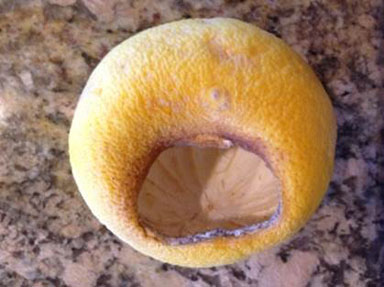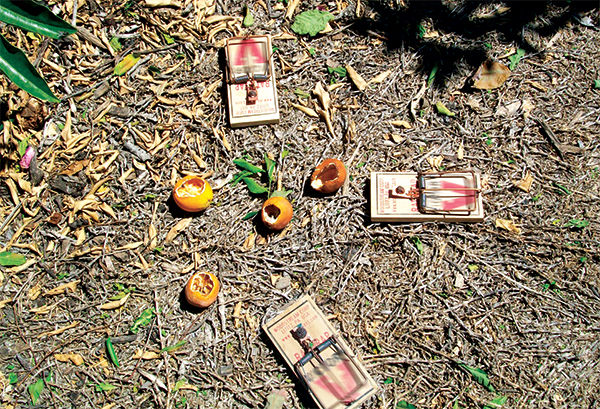These rodents prefer to consume fruits sometimes referred to as the fruit rat or citrus rat and nuts although roof rats are omnivorous and will feed on almost anything available to them.
Roof rat citrus damage pictures.
Roof rats get ferocious and tend to bite or scratch when threatened or cornered.
Roof rats are food hoarders stashing supplies of food such as seeds and nuts.
Too much citrus draws in roof rats.
Use a sheet metal or aluminum flashing that is at least 18 inches tall and wrap it around the base of the tree overlapping it by 2 or 3.
Spp or cotton rat sigmodon arizonae.
Other identifying traits include their pointed noses hairless ears and dark fur with light colored underbellies.
Fruit rats or roof rats as they re commonly called thrive in warm fruit bearing areas.
Roof rats are frequent visitors to yards and homes across the country.
In livestock feed yards and barns roof rats often burrow.
According to the university of california statewide integrated pest management program roof rats are especially fond of avocados and citrus and often eat fruit that is still on the tree.
The roof rat can appear similar to the norway rat native arizona pack rat neotoma.
Roof rats can be cautious.
Table 1 provides a brief description of the physical similarities and differences among these rodents.
While casual observations of roof rats or native rats can.
Roof rats have soft and smooth fur that is typically brown with intermixed spots of black.
From rat bites and scratches to saliva and urine rats can cause many diseases.
The rat zapper should be placed close to a roof rat nest or in their runways said ernie henson president and owner of stormin norman termite and pest control.
Roof rats are long and thin rodents that have large eyes and ears a pointed nose and a scaly tail.
Roof rats are a health hazard being one of the oldest transmitters of diseases.
Ecology of roof rats and native rats.
Install rat guard around the trunks of the citrus trees.
Their bodies are seven or eight inches in length though their bald scaly tails add up to ten more inches.
Their undersides are often white gray or black.
In nut orchards roof rats often nest around the base of trees.
Adult roof rats measure 6 8 16 20 cm when combining their head and body length.









